|
I am a second-year DPhil student in the OHBA Analysis Group and PNPL at the University of Oxford, advised by Mark Woolrich and Oiwi Parker Jones. My research focuses on the development of new statistical and machine learning methods for analysing neuroimaging data and their application to various neuropsychiatric disorders. I received an MSc (by Research) in Psychiatry from the same group. Prior to this, I was part of Lunit's AutoML team, working on the hyperparameter optimisation problem. I completed my undergraduate studies in neuroscience and philosophy at the University of Chicago. I am generously supported by the Medical Sciences Graduate School studentship, funded by the MRC, NDCN, and Hertford College. [CV] [Github] [Google Scholar] [LinkedIn] [X] |
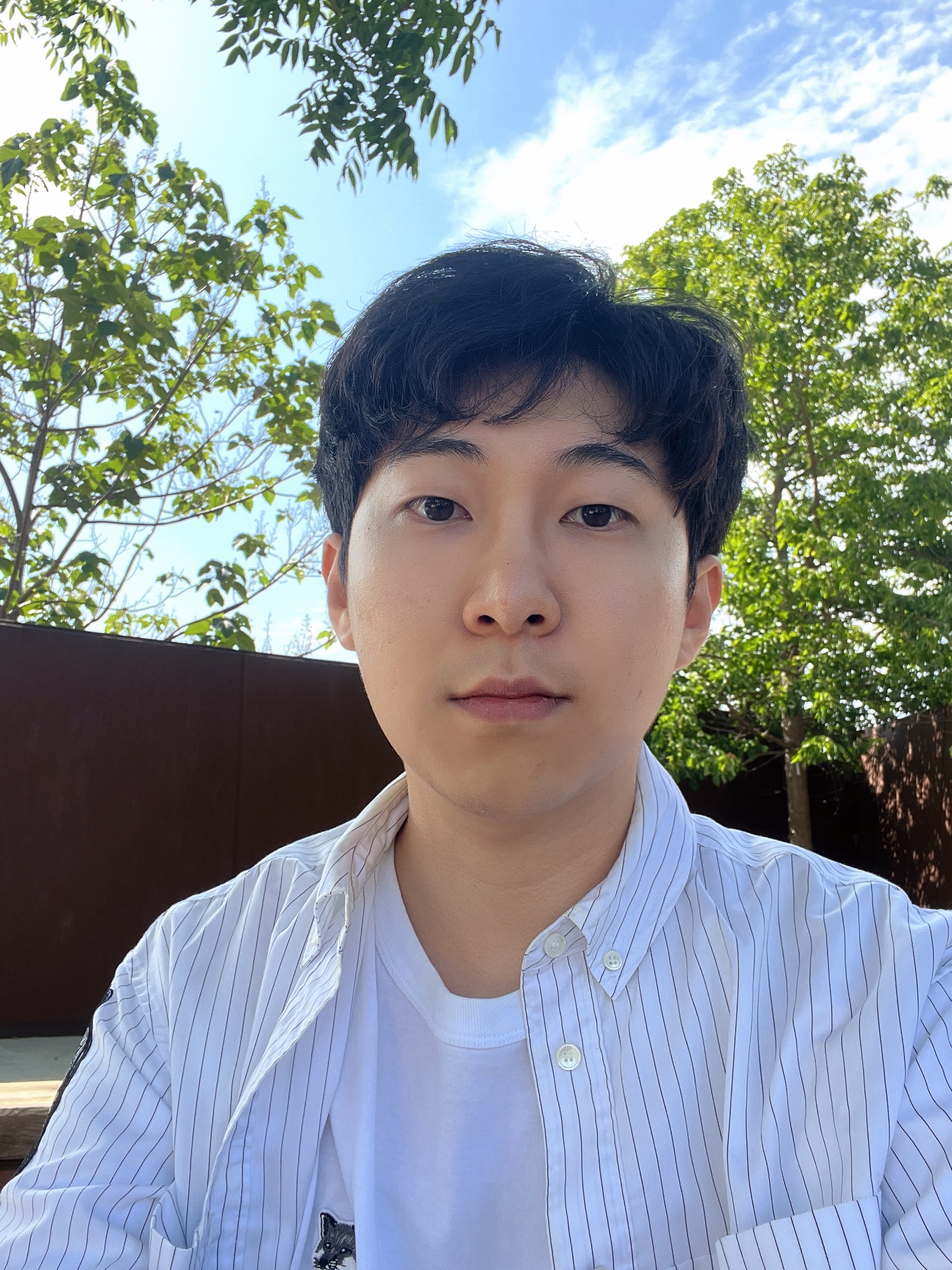
|
News
- 📝 October 2025: A paper on the MEG foundation model (MEG-GPT) now available in arXiv.
- 📝 September 2025: A paper on Dynamic Network States (DyNeStE) now available in bioRxiv.
- 🎤 July 2025: Presented a talk on the Ephys-GPT tokeniser at MEG-UKI 2025.
- 🎤 June 2025: Presented a talk on the Dynamic Network States (DyNeStE) model at OxCIN.
- 🎤 May 2025: Presented a poster at the Mathematics of Neuroscience and AI conference.
Research
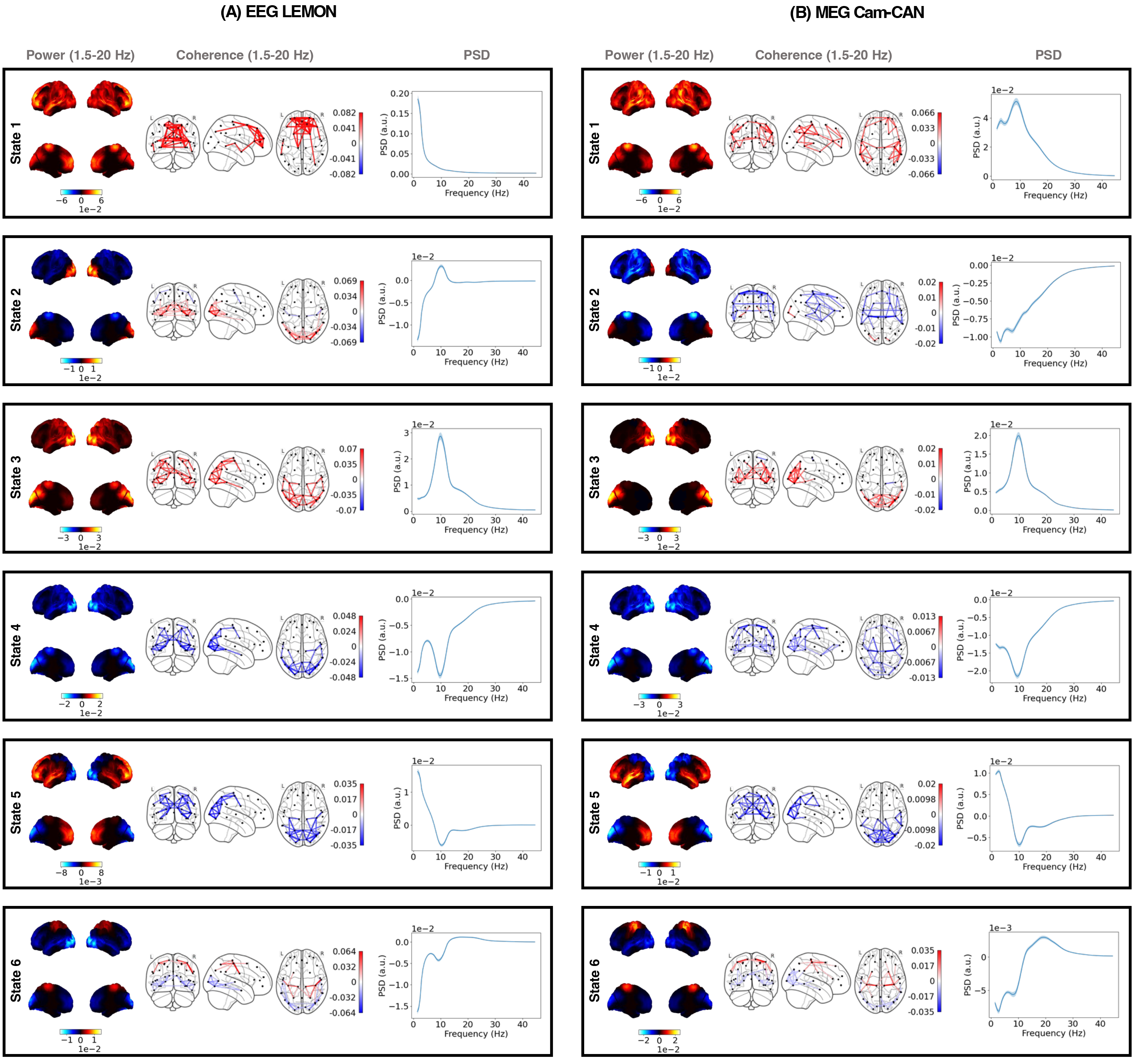
|
SungJun Cho, Mats van Es, Mark Woolrich, Chetan Gohil Human Brain Mapping (2024) [ Paper, Code ] We investigated resting-state networks (RSNs) using a medium-density EEG system, comparing both static and dynamic brain network features to those from a high-density MEG system. Results show that EEG and MEG provide comparable brain network descriptions, albeit with MEG offering some increased sensitivity and reproducibility. |
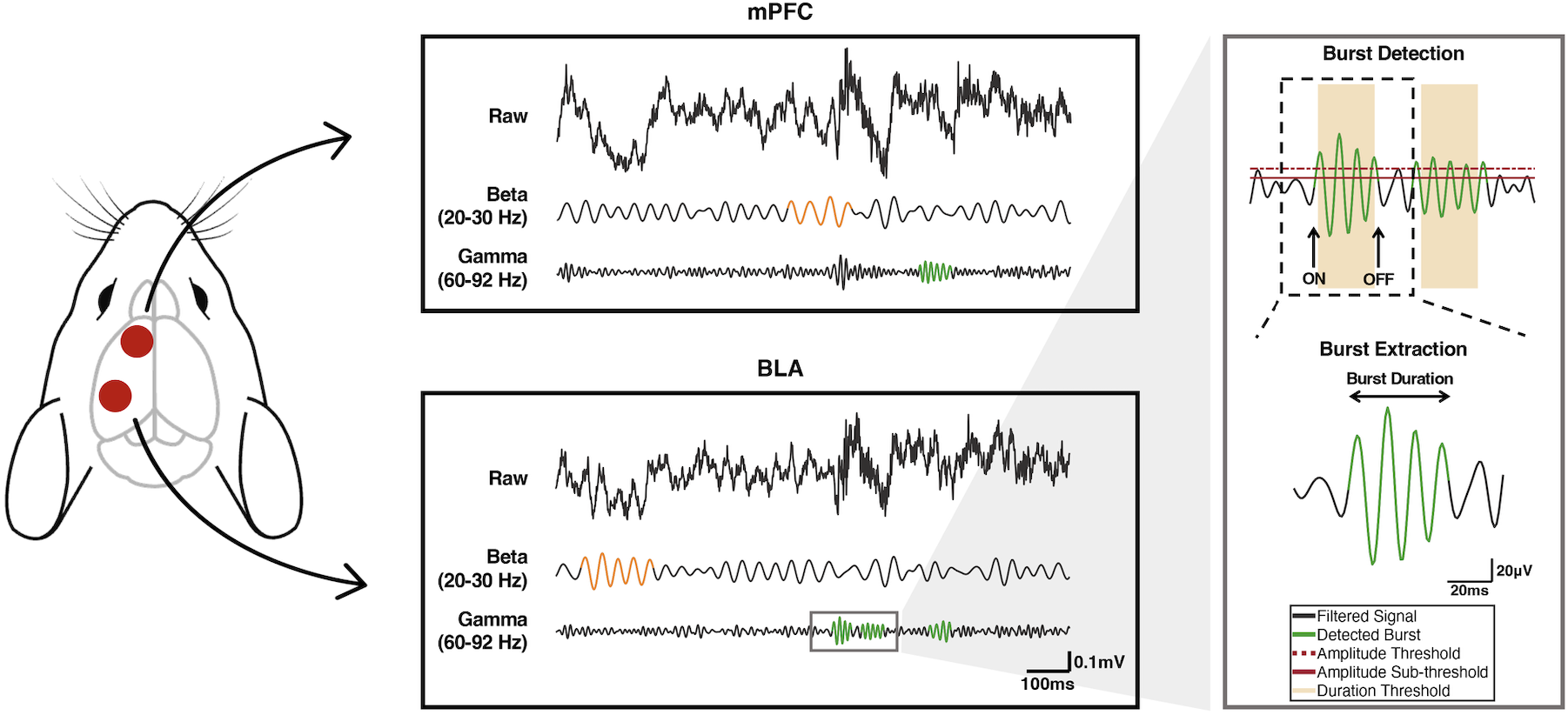
|
SungJun Cho*, Hio-Been Han*, DaYoung Jung, Jisoo Kim, Jee Hyun Choi Scientific Data (2024) [ Paper, Code, Dataset ] This study introduces a novel dataset capturing the defensive behaviours of mice against a spider robot, both individually and in groups, in a naturalistic setting. The dataset offers insights into the neural mechanisms underlying freeze and flight responses and provides a new avenue for studying the transient neural dynamics of adaptive escape responses in isolated and social contexts. |
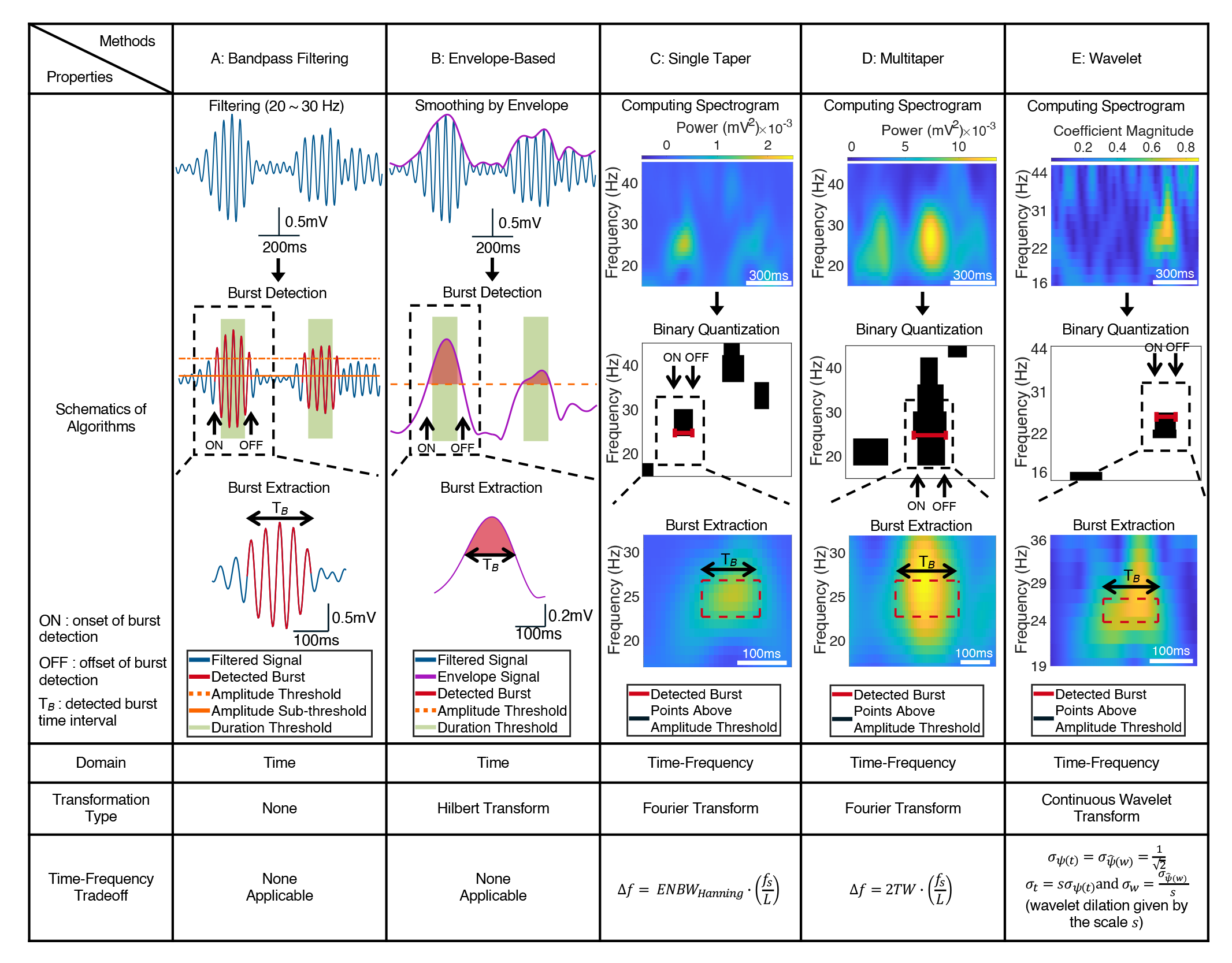
|
SungJun Cho, Jee Hyun Choi Journal of Neural Engineering (2023) [ Paper, Code ] This study compares different burst detection algorithms designed to detect transient neural oscillatory events from electrophysiological signals and discuss their respective limitations. We additionally propose a selection rule that aims to identify an optimal algorithm for a given dataset based on the signal properties of burst events. |
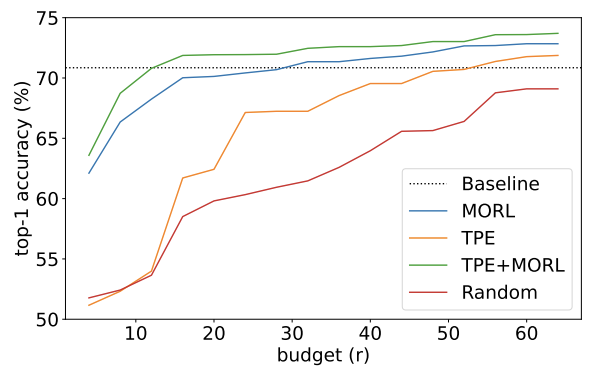
|
Hyun Jae Lee, Gihyun Kim, Junhwan Kim, SungJun Cho, Dohyun Kim, Donggeun Yoo WACV (2023) [Paper] This paper introduces a novel algorithm for multi-fidelity hyperparameter optimisation in CNN called Multi-fidelity Optimization with a Recurring Learning rate (MORL). Our algorithm leverages the properties of recurring learning rate schedules to select high-performing hyperparameter configurations that often converge slowly, thereby preventing the early termination of best configurations in the standard low-fidelity optimisation process. |
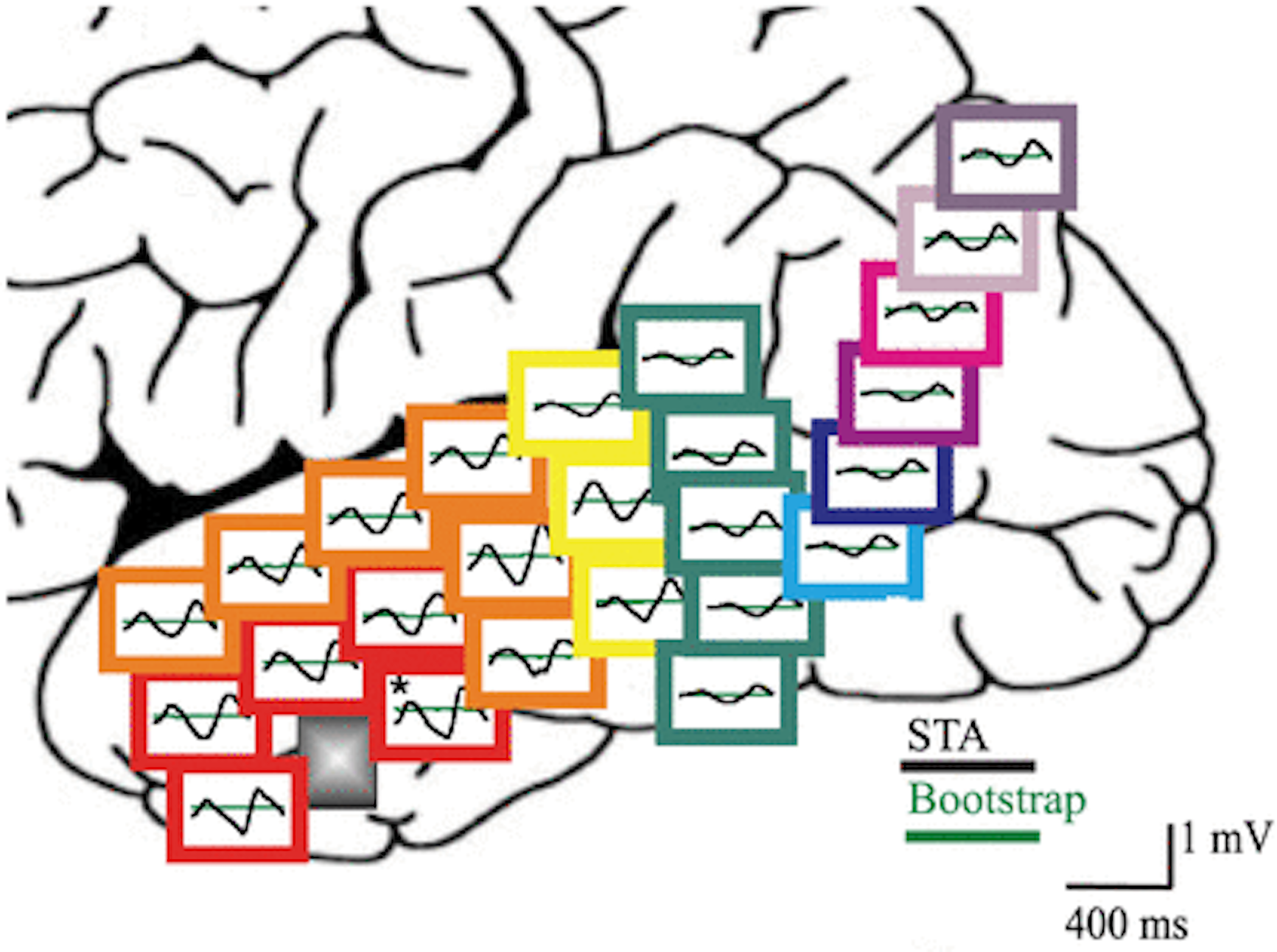
|
Andrew K Tryba, Edward M Merricks, Somin Lee, Tuan Pham, SungJun Cho, ... Wim van Drongelen Journal of Neurophysiology (2019) [Paper] Sustained focal seizure activity is a multiscale phenomenon, observed at both the meso- (microelectrode arrays) and macro- (standard clinical recordings) scales. This work hypothesises that the local failure of inhibition at the mesoscopic level caused by paroxysmal depolarisation gives rise to the propagation of ictal waves, whereas the inhibition in surrounding regions persists to support oscillatory activity at the macroscopic level. Theoretical, experimental, and clinical evidence are presented to support this dual role of inhibition. |
© SungJun Cho | Design: Source | Hosted by GitHub Pages